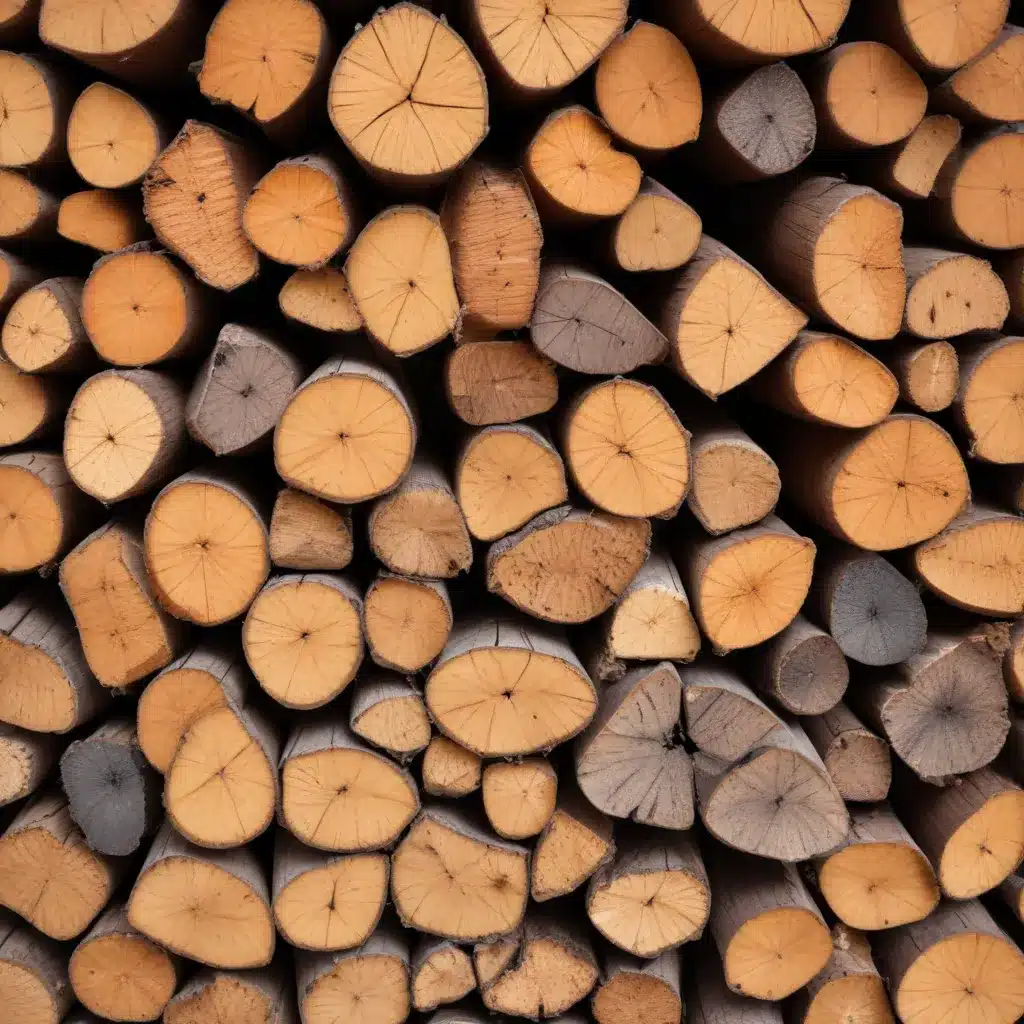
Optimizing Pore Structure for Improved Adsorption Capacity
Activated carbon (AC) is a highly versatile adsorbent prized for its large surface area and intricate pore structure, making it a valuable material for a wide range of industrial and environmental applications. However, the specific pore characteristics of AC can vary significantly based on the chemical composition and manufacturing conditions of the raw material used.
In this comprehensive article, we will explore the profound impact that the activation heating rate parameter can have on the pore structure development and adsorption performance of AC derived from teak wood waste. By delving into the latest research findings, we will uncover insights that can guide the optimization of AC production for maximum effectiveness.
Understanding the Activation Process
The production of high-performance AC involves a two-stage process – carbonization and activation. During carbonization, the raw material (in this case, teak wood waste) is heated in an inert atmosphere to drive off volatile compounds, leaving behind a concentrated carbon-rich char.
The subsequent activation stage is critical, as it is responsible for developing the material’s extensive internal surface area and porous network. This is typically achieved through thermal or chemical treatment, which selectively oxidizes and removes portions of the carbon structure, creating a maze of micro-, meso- and macropores.
The specific parameters of the activation process, such as temperature, duration, and heating rate, can have a profound impact on the resulting pore characteristics. Understanding how to manipulate these factors is key to tailoring AC for optimal adsorption capacity and efficiency.
The Influence of Activation Heating Rate
A recent study published in the Journal of Analytical and Applied Pyrolysis investigated the effect of activation heating rate on the pore structure development and adsorption performance of AC derived from teak wood waste. The researchers systematically varied the heating rate during the activation stage and analyzed the resulting AC properties.
Their findings revealed that the activation heating rate had a significant influence on the pore structure and adsorption capacity of the teak wood-based AC. Specifically:
Optimal Heating Rate for Adsorption Capacity
The researchers found that an activation heating rate of 10°C/min produced the AC with the most desirable pore characteristics and highest adsorption capacity for methylene blue, a common water pollutant.
At this optimal heating rate:
* The AC exhibited a well-developed, multimodal pore size distribution, comprising both micropores and mesopores.
* The surface area reached 126.279 m²/g, providing ample adsorption sites.
* The pore volume was 0.235 cc/g, facilitating efficient mass transfer.
* The AC demonstrated a methylene blue adsorption capacity of 13.48 mg/g.
Suboptimal Heating Rates
In contrast, AC produced at lower (5°C/min) or higher (15°C/min) heating rates exhibited less favorable pore structures and reduced adsorption performance:
- Slower heating rates (5°C/min) resulted in a less developed pore network, with a surface area of only 89.238 m²/g.
- Faster heating rates (15°C/min) caused excessive pore development, leading to a surface area of 149.281 m²/g but reduced pore volume and accessibility.
These variations in pore characteristics directly translated to differences in adsorption capacity, with the 10°C/min sample demonstrating the best methylene blue removal efficiency.
Optimizing Pore Structure for Targeted Applications
The insights from this study highlight the critical role that activation heating rate plays in tailoring the pore structure and adsorption properties of teak wood-derived AC. By carefully controlling this parameter, manufacturers can optimize the material for specific applications, such as water purification, gas separation, or catalysis support.
For example, if the goal is to maximize the adsorption of small organic molecules, a heating rate around 10°C/min would be ideal, as it produces a well-balanced pore size distribution with sufficient micro- and mesopores. Conversely, if the target adsorbate is larger in size, a heating rate that favors a greater proportion of mesopores may be more suitable.
Beyond adsorption, the pore structure also impacts other important AC properties, such as mechanical strength, electrical conductivity, and thermal stability. By understanding the relationship between activation conditions and pore development, manufacturers can tailor AC for a wide range of specialized applications.
Sustainable Production and Waste Utilization
The use of teak wood waste as the raw material for AC production is a prime example of sustainable resource utilization. Teak is a highly valuable timber, and the increasing demand for teak wood has led to the development of fast-growing teak plantations. However, this has also resulted in a growing volume of underutilized teak waste, such as branches and sawdust.
Transforming this waste into high-performance AC not only provides a valuable end-use for the material but also helps to reduce the environmental impact of teak wood production. By optimizing the activation process, as demonstrated in the research, manufacturers can maximize the adsorption capabilities of the AC while minimizing waste and energy consumption.
Conclusion
The pore structure of activated carbon is a critical determinant of its adsorption performance and suitability for various applications. The research on teak wood-derived AC has revealed the profound impact that the activation heating rate can have on pore development, underscoring the importance of carefully controlling this parameter during the manufacturing process.
By leveraging this knowledge, AC producers can now tailor the pore characteristics of their materials to meet the specific needs of their target markets, whether it’s water purification, gas separation, or catalysis support. Moreover, the utilization of teak wood waste as the raw material showcases the potential for sustainable, waste-to-value manufacturing practices that can drive the circular economy forward.
As the demand for high-performance adsorbents continues to grow, the insights provided in this article will be invaluable for AC producers seeking to optimize their products and processes. By mastering the art of pore structure engineering through activation heating rate control, they can unlock new frontiers in the world of activated carbon applications.


